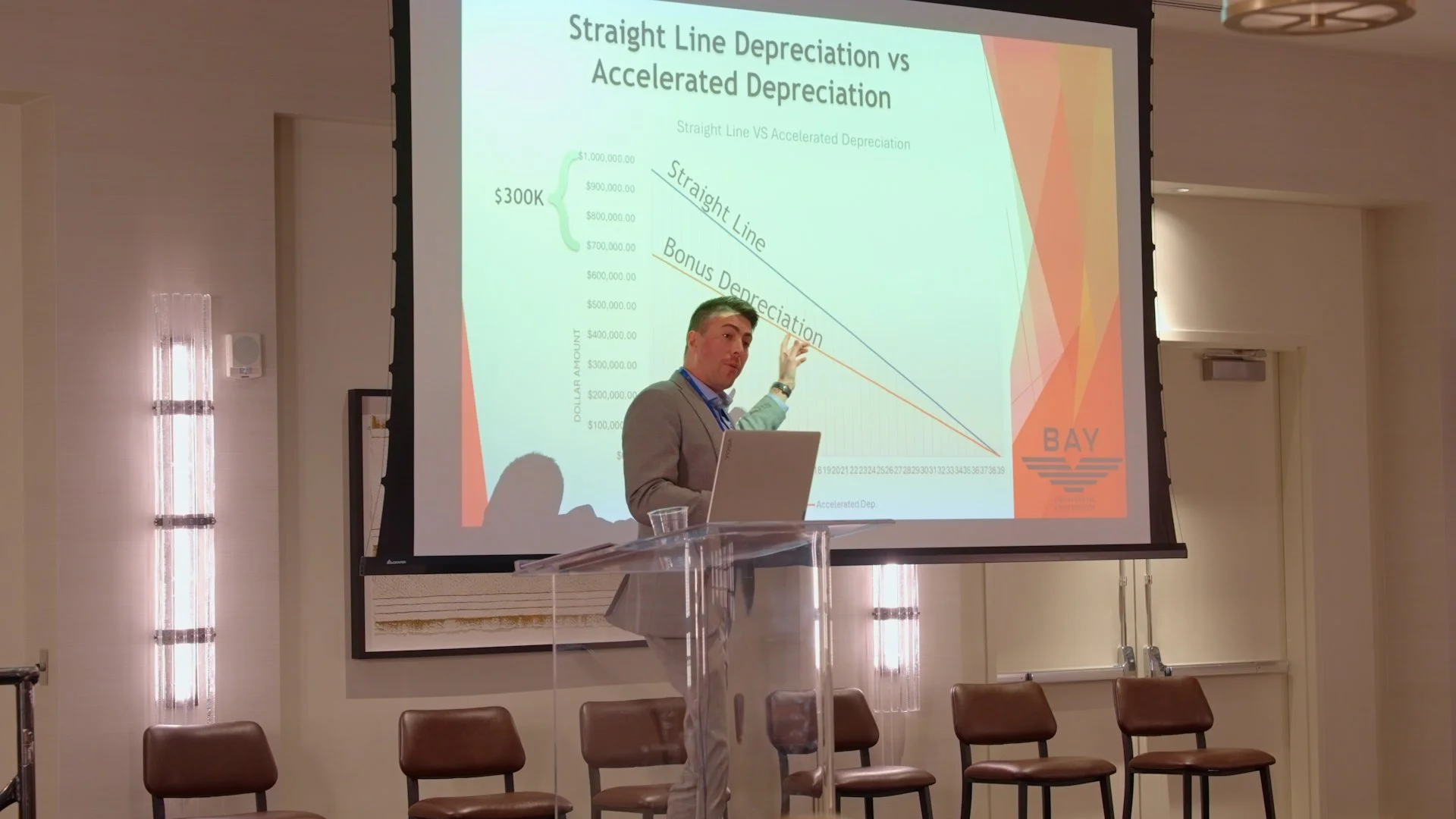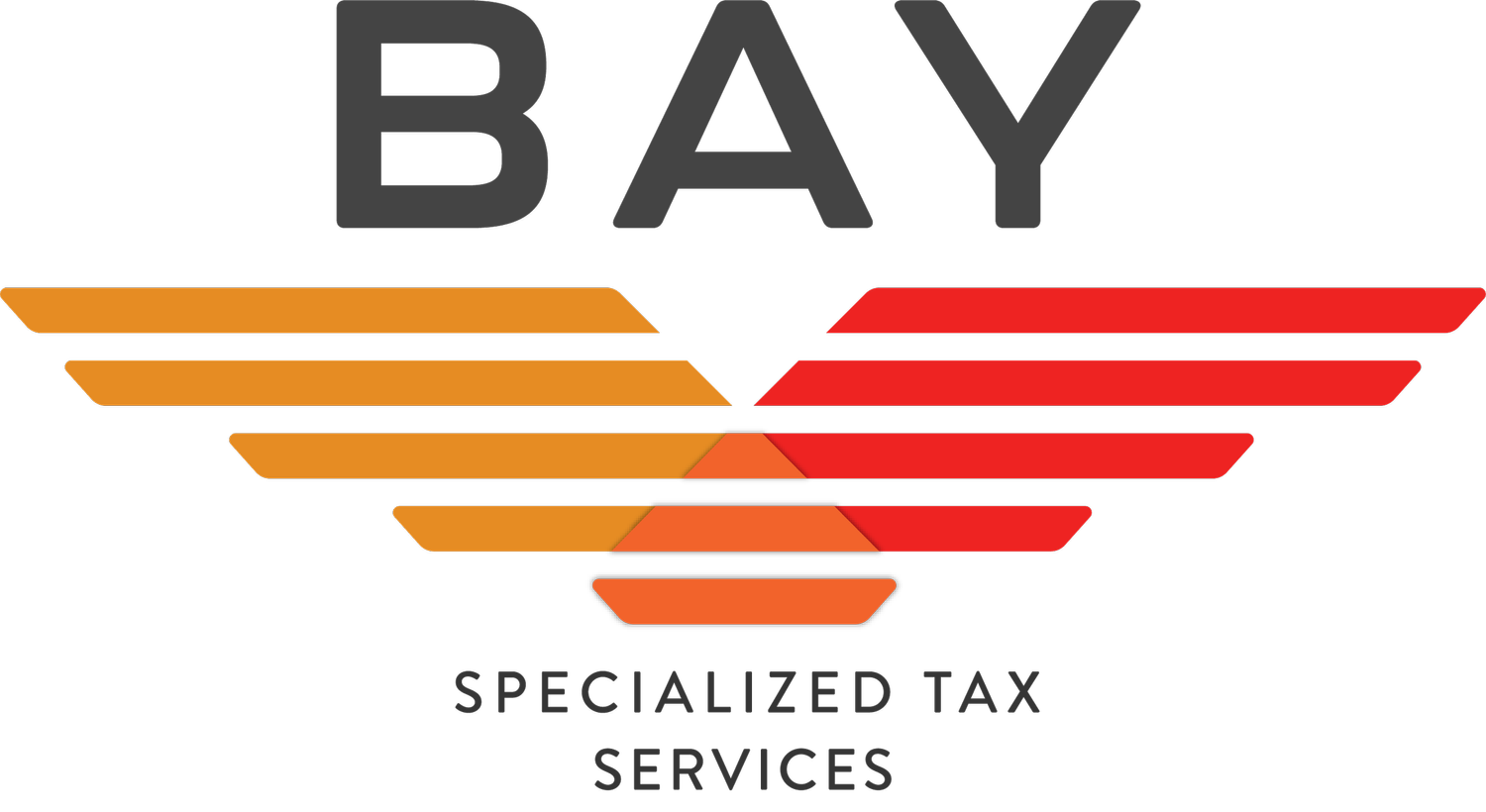
Business Services
Take a look at our various services tailored to help business owners enjoy massive deductions!

Research & Development Credits
The Research & Development (R&D) Tax Credit is one of the most powerful incentives available to businesses investing in innovation. A specialized R&D Tax Credit Study helps you identify and document qualifying activities and expenses allowing you to claim valuable federal and state tax credits that directly reduce your tax liability.
Our team of experts evaluates your projects, payroll, and technical processes to ensure compliance with IRS regulations while maximizing the credits you’re entitled to. Whether you’re developing new products, improving existing processes, or investing in technology, an R&D Tax Credit Study ensures no opportunity for tax savings is left behind!
Key Benefits:
Direct tax savings for qualifying innovation expenses
Comprehensive documentation to support IRS compliance
Credit opportunities for businesses of all sizes and industries
Increased cash flow to reinvest in growth and development

Employee Retention Tax Credit (ERC): Denied Claims Advocacy
If your ERC was denied, we will defend your claim!
Did you have negative impacts from COVID?
Did you have issues scaling?
Did the IRS incorrectly calculate and then deny your claim?
If so, you may have a claim. With a 15-minute consultation, our CPAs will confidently consult if your claim can be argued successfully.
The Employee Retention Credit (ERC) was implemented by the US government in response to the COVID-19 pandemic. The ERC was designed to provide a tax credit to eligible employers who had to reduce their business operations or suspend them altogether due to COVID-19-related reasons.
Why so much confusion?
The ERC program was scheduled to end on December 31, 2020. In December of 2020, Congress passed a bill that extended the program to June 30, 2021, and made some changes to the eligibility requirements.
Despite the extension of the program, the IRS issued guidance in early 2021 stating that employers who received a Paycheck Protection Program (PPP) loan could not also claim the ERC. This guidance caused confusion and frustration among many employers who had already received PPP loans and were hoping to claim the ERC as well.
Later in 2021, the IRS issued additional guidance stating that employers who received PPP loans before December 27, 2020, could retroactively claim the ERC for wages paid after March 12, 2020, as long as they met the eligibility requirements.
The ERC shutdown orders referred to the end of the ERC program on June 30, 2021, and the confusion caused by the IRS guidance regarding the interaction between the ERC and PPP loans. Despite this confusion, many eligible employers can claim the ERC for wages paid during the eligible period. Retroactive claims are allowed for businesses with qualified quarters and some employers who received PPP loans before December 27, 2020.

Frequently asked questions about ERC
What do I need to qualify?
To qualify for the ERC, an employer must have experienced a significant decline in gross receipts or a full or partial suspension of business operations due to government orders related to COVID-19, and must have paid wages to employees during the eligible period.
What is the program?
The ERC is a tax credit program designed to provide financial relief to eligible employers who had to reduce their business operations or suspend them altogether due to COVID-19 related reasons.
Do I have to pay it back?
No, the ERC is a tax credit that does not need to be paid back as long as the employer meets the eligibility requirements and follows the guidelines for claiming the credit.
How will I receive my ERC refund?
Employers can claim the ERC as a refundable tax credit on their employment tax returns, such as Form 941. If the credit exceeds the employer's tax liability, the excess credit can be refunded to the employer. Alternatively, employers can request an advance payment of the ERC by filing Form 7200 with the IRS. The advance payment will be applied against the employer's employment tax liability and any excess will be refunded to the employer.
Can I take PPP and ERC?
Yes, eligible employers can claim both the ERC and the PPP (Paycheck Protection Program) loan, but there are some restrictions and limitations to consider. For wages paid during the covered period of a PPP loan, an employer cannot use the same wages to both receive forgiveness of the PPP loan and claim the ERC. However, if an employer did claim the ERC for qualified wages not used to seek PPP loan forgiveness, they may still be able to claim the credit for those wages. Additionally, if an employer received a PPP loan in 2020 but repaid the loan in full by May 18, 2020, they may be eligible to claim the ERC for qualified wages paid during the period in which the PPP loan was outstanding. It is important to note that the rules and requirements for claiming the ERC and PPP loan forgiveness can be complex, so it is recommended to consult with a BAY tax professional for guidance on how to claim both programs based on your specific situation.
How long does it take?
The ERC is a refundable tax credit, which means eligible employers can claim the credit on their employment tax returns, such as Form 941x, and receive a refund from the IRS if the credit exceeds their employment tax liability. The timing for receiving the refund can vary depending on factors such as when the return is filed when the credit is claimed, and the IRS processing times. Currently, we are seeing most checks come around the 3-month timeline.

Contact us
Fill out this form to pair up with one of our expert tax advisors today.
Don’t let taxes be your largest line item!
Follow us on social media to stay up to date on exciting developments in tax strategy!


